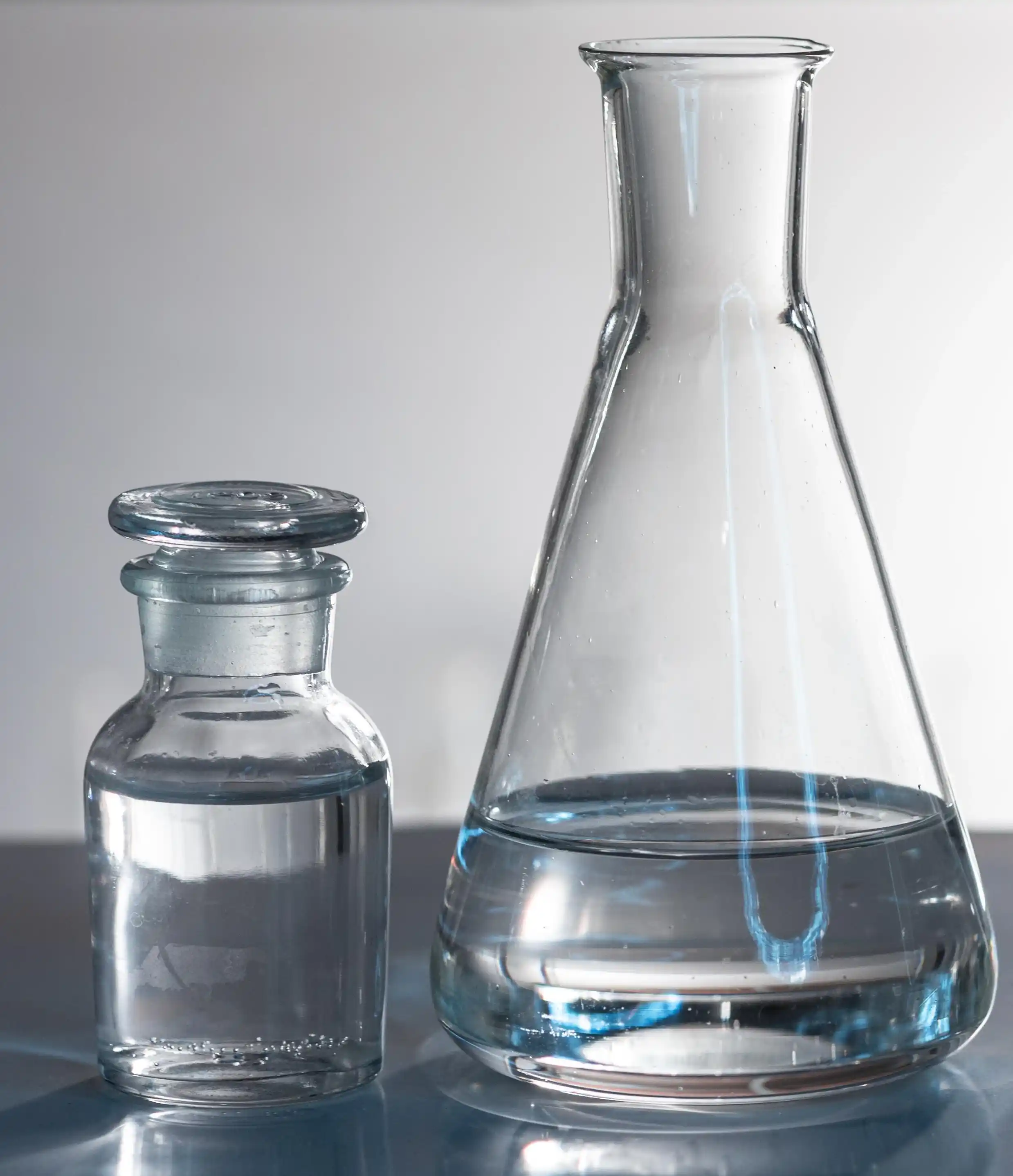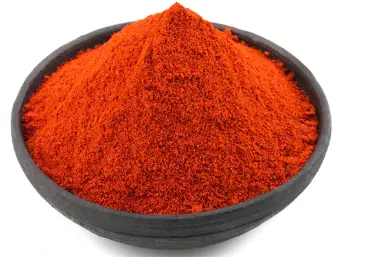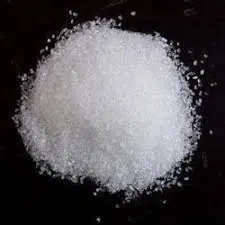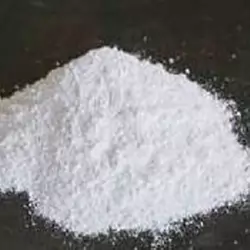Aluminium Nitrate
|
IUPAC Name |
: Aluminium Nitrate |
|
Cas Number |
: 7784-27-2 |
|
HS Code |
: 2834.29.90 |
|
Formula |
: Al(NO3)3.9H2O |
Basic Information
|
Appearance Name |
: Colorless crystals |
|
Common Names |
: Nitric aluminium salt, aluminium (III) nitrate |
|
Packaging |
: 800 @ 25 kg Woven Bag with Plastic Lining, 20 MT |




